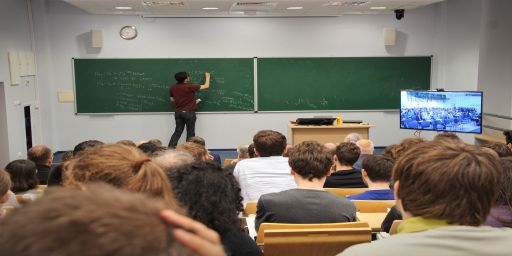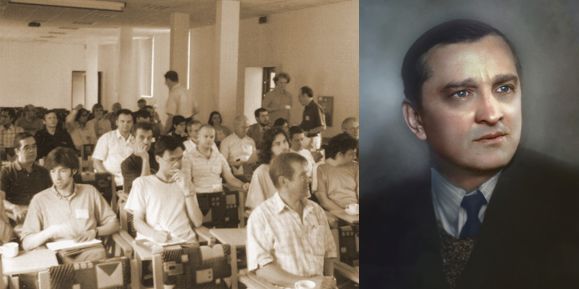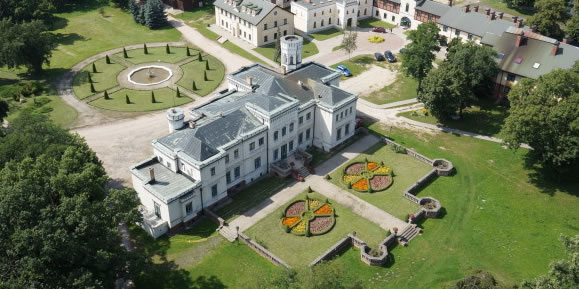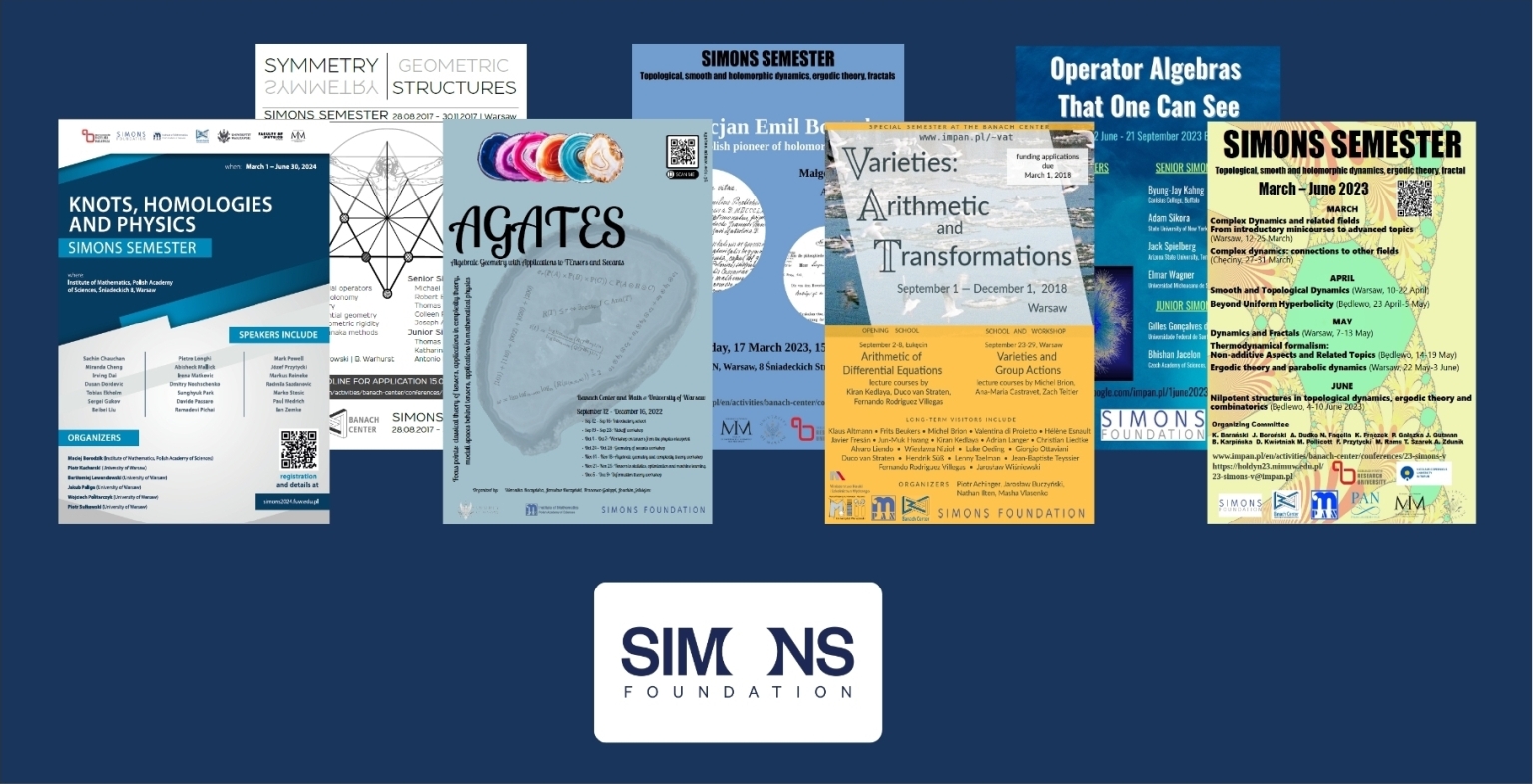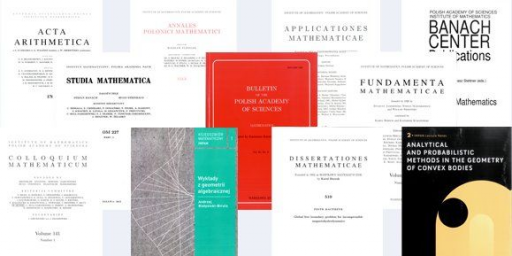Gravitational waves detected by LIGO and Virgo after a collision of neutron stars.
Signal of a gravitational wave produced by the merging of two neutron stars observed by LIGO and Virgo detectors.
On 17 August 2017, 12:41 GMT, LIGO and Virgo detectors observed a signal of a gravitational wave coming from a system of two colliding neutron stars for the first time.
After the earlier detection of signals from the merging black holes, it is a new source of these waves.
Independently of this observation, the Fermi satellite, built by NASA, detected a short (lasting approximately 2 seconds) gamma flash after the collision of neutron stars. It confirms the hypothesis that a collision of neutron stars is a source of short gamma flashes.
Thanks to the fact that the VIRGO detector took part in this observation, a precise localisation of this wave was possible. The location was passed to several dozens of astronomic observatories collaborating with the LIGO-Virgo consortium.
Optical observations led to a discovery of an optic flash called kilonova – a phenomenon effecting from a collision of neutron stars, which had been predicted by a legendary Polish astrophysicist Bogdan Paczyński.
Careful localisation of the source, which was made with even more precision through astronomical observations, made it possible to identify the galaxy in which the merging of neutron stars took place (galaxy NGC 4993). This in turn enabled an independent measurement of the Hubble’s constant, which measures how fast our Universe is expanding (a paper published in „Nature”).
A series of measurements which were possible thanks to the registration of the gravitational wave coming from the collision of neutron stars, i.e.:
- collision of neutron stars as a source of short gamma flashes,
- observation of kilonova,
- measurement of Hubble’s constant
has been named „the pearl string” within the LIGO-Virgo consortium.
These results were announced at a press conference in Staszic Palace (Warsaw), organized by the Polish Academy of Sciences.
Professor Feliks Przytycki, the Director of IMPAN, was present at the conference. The discovery was announced by professor Andrzej Królak from IMPAN, who is the leader of the Polgraw-Virgo group.
Research carried out by the Polgraw group contributed to this discovery.
Translation on the basis of articles published on the websites:
http://www.pap.pl/aktualnosci/news,1127014,pierwszy-raz-wykryto-fale-grawitacyjne-i-rozblysk-od-zderzenia-gwiazd-neutronowych.html http://www.focus.pl/artykul/pierwszy-raz-wykryto-fale-grawitacyjne-od-zderzenia-gwiazd-neutronowych-171016081742 http://www.urania.edu.pl/wiadomosci/wykryto-jednoczesnie-fale-grawitacyjne-swiatlo-zderzenia-gwiazd-neutronowych-3679.html

